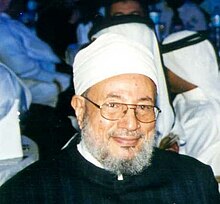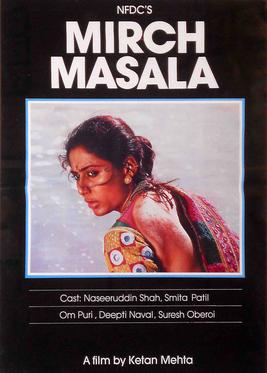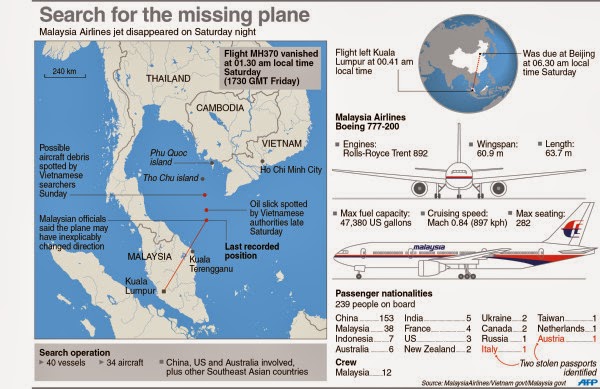To an (admittedly biased) outsider, it appears (perhaps incorrectly) that Pakistan has not quite lived up to the vision of its founders (promised land for all SAsian muslims). What seems to have happened is that the definition of a (righteous) Muslim has kept on changing (and shrinking). So it was that over time Ahmadis, Bengalis, Shias, Balochistanis, miscellaneous tribals et al. have come to be defined as (de facto, de jure) non-muslims (by the state and/or by powerful non-state actors) and as such deemed non-eligible to be inhabitants of an (Sunni) Islamic state.
How about India? Muslims have been a reliable and powerful vote bank, first for the Congress and then for local caste-first parties led by (Mullah) Mulayam Yadav and Lalu Yadav. It should be noted that Mulayam Yadav came to power in UP specifically due to the red-card issued by muslims against the Congress for having primary responsibility (as they saw it) for the c.1992 state-sponsored act(s) of terror (SSAT). Even now as we have people shouting from roof-tops about how BJP is the devil incarnate, they forget that it was Rajiv Gandhi (who unlocked the Ram Mandir gates) and Narasimha Rao (who was closeted in a puja ceremony during the entire episode) who were the principals in charge. Thing is the muslims knew exactly what the Congress was doing, and they will (justifiably) never forgive, nor forget.
A bit of elaboration as to why R.G. and N.R. acted in such a sinister manner. Briefly, Rajiv wanted to cancel out the favor he did to the mullahs by terrorizing an indigent (muslim) widow, and Rao was playing a long game- he calculated that BJP’s actions would cause them to be finished politically. It is indeed sweet justice that Congress will NEVER come to power in UP again (though this does not help the riot victims then and now). This should also serve as a warning to those (liberal) enthusiasts about the pitfalls of encouraging backwardness (and discouraging women) through unfair application of personal civil codes.
The above approach is referred to as the soft Hindutva, it is perhaps more appropriate to see it as a blatantly opportunistic approach for voting gain by dividing communities. The British were past masters at this game and Congress as the inheritor has (unfortunately) learned the lessons too well.
With all that said and as India has moved into the 21st century, Jinnah’s prophecy does not seem to hold true any more. India is a Shudra nation now and forever. Over-time the disparate Shudra blocks are likely to team up at a pan India level (just like royalty in Europe). Unless India switches over to some version of proportional representation (from the present first-past-the-post format), the Shudras will remain the permanent kings of India and the king-maker profession will be no more.
In Kerala the new royal caste has a name. They are the Ezhavas.
The point: The political map in Kerala is well settled and has been for some time. There is the Ezhava-controlled CPI and CPI(M), the Christian controlled Kerala Congress, and the Muslim controlled Muslim League. Is there a path for the BJP to unsettle this settled fact? As noted before here on BP, the BJP can rise only at the expense of the Left. How likely is that?
The Left is splintering slowly but its decline (unlike in Bengal) is still far off. The BJP got 10% (+) vote in 2004 (but no seats) so it will be important to see what is the Modi effect, if any (still unlikely to win).
….
The Congress in Kerala will admit
the Revolutionary Socialist Party as a new ally of the United Democratic
Front (UDF) for the Lok Sabha polls. The RSP had snapped its
34-year-long ties with CPI(M)-led Left Democratic Front (LDF) over
denial of Kollam seat to contest in the Lok Sabha polls. RSP, which has two MLAs, would help the ruling Congress increase its
numbers in the Legislative Assembly, but the Congress will have to cede
Kollam seat…. to the RSP.
The UDF has three other Left rebel groups Communist Marxist Party
(CMP), Janathipathya Samrakshana Samithi and RSP(B), which has announced
plans to merge with RSP.
…………
At the end of the day it will be the Ezhavas that will determine if the BJP has any chance and the saffrons know this and are pulling out all the stops to make it happen.
……………
Kerala has always had a saffron bone. RSS
has the most number of shakhas in India in Kerala—4,000.
In the 2011
assembly elections, BJP had a vote share of 6.03% but it could not win a
seat. But Muslim League with 7.92% vote share won 20 seats and Kerala
Congress (Mani) won nine seats with 4.9% vote share. In the 2009 Lok Sabha elections, BJP had a better vote share — 6.31%,
but could not win any seat. In 2004 despite having its highest vote
share — 10.39% — the party failed to win any seat.
In Kerala, the saffron project has always been to wean away the
powerful Ezhava community from CPM’s fold. Ezhavas, who belong to other
backward class (OBC) in Kerala, is the second largest identity group in
the state (22.91%), behind Muslims who constitute 24.7% of the
population. So far, the project has not succeeded. With CPM and CPI
largely being Ezhava parties, BJP should try harder.
It would not be
ignored that Modi went to Sivagiri mutt in Varkala to attend Sree
Narayana Dharma Paripalana Sangham meeting in 2013. The state BJP has
succeeded in wooing Vellappally Natesan, president of SNDP Yogam.
Vellapally has endorsed Modi for PM but he is far from a political
influencer in Kerala.
BJP is also wooing dalits (18.82%) with Modi addressing a gathering
of Pulaya Maha Sabha in Kochi on February 9. Dalits, so far, have
rallied behind CPM and Congress.
Far more interesting is BJP’s agenda to get cosy with the Church. Two
bishops of the influential Syrian Orthodox church had met Modi in Kochi
and welcomed Modi becoming the PM. BJP is trying to exploit the
Jacobite-Orthodox schism in Kerala. The Catholic Church, too, is hedging
its bets over the delayed notification on Dr Kastrirangan panel
recommendations but it is unlikely that it will desert Sonia Gandhi,
Oommen Chandy and UDF, despite the grand posturing of Kerala Congress.
regards




